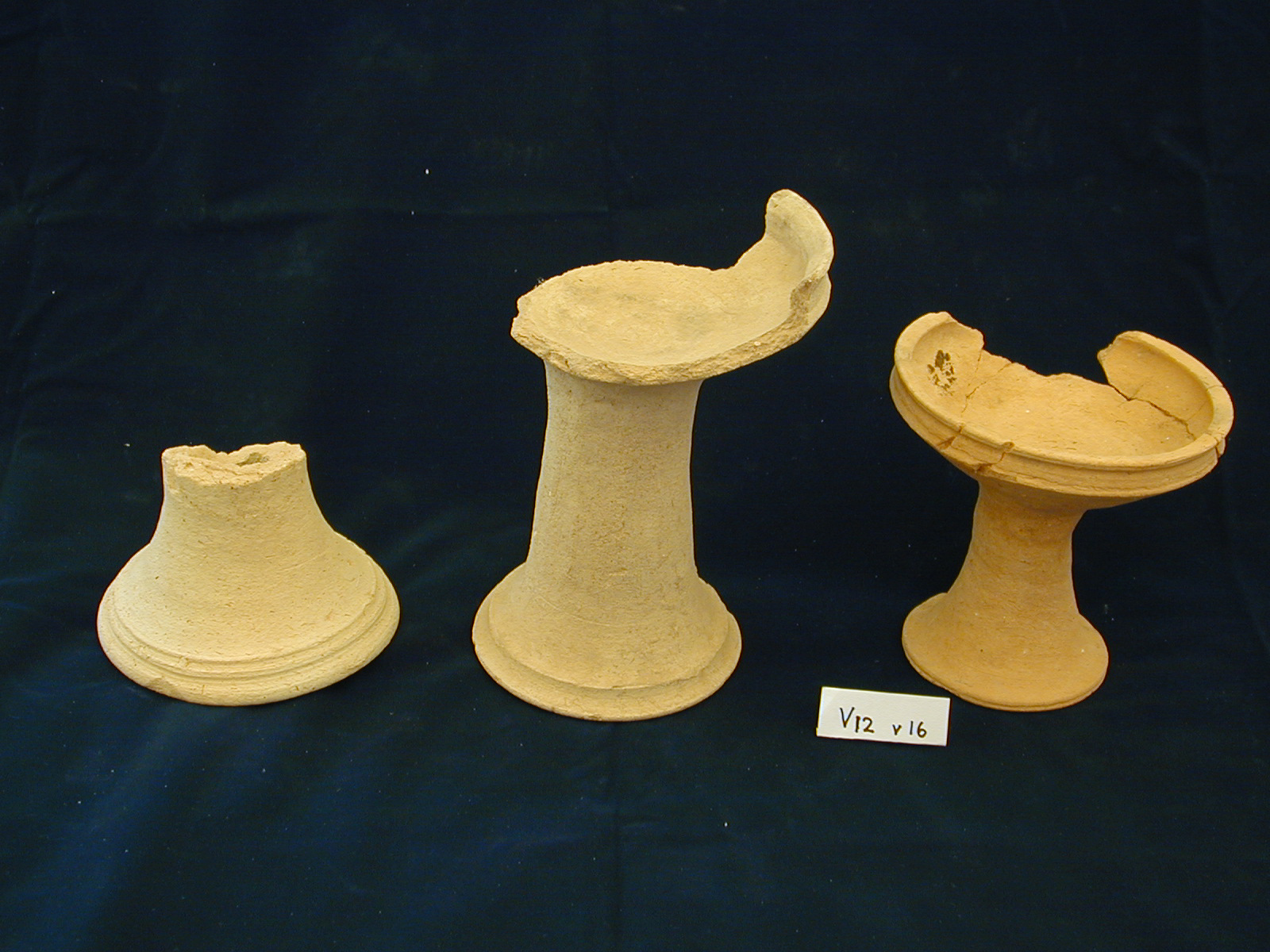The icon to the right is indicative of the process. We can seriate objects by their shape, size, material, and whatever other morphological attributes are identifiable. Here, for instance, an assemblage of ceramic shapes suggests repetitiveness, and thus supports the reintegration of the shapes of which we have only a fragment.
Beyond our own corpus from Urkesh, we compare inventories from other sites and thus reconstruct regional and supraregional patterns and influences.
